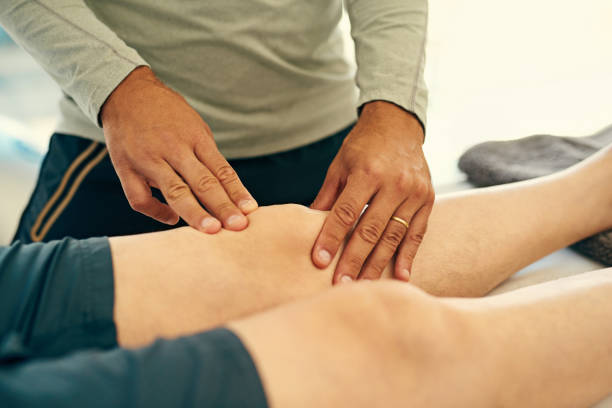Osteoarthritis is a degenerative joint disease that affects the hands, hips, and knees. People with osteoarthritis often have thinning cartilage within a joint or joint. When such deterioration occurs, bones can change. Individuals who suffer from this degenerative disease may experience bone injury or overgrowths, also known as spurs. Here are 6 ways to see if you have osteoarthritis.
MUST READ; Easy Way to Make Grain Bowl with Chicken
- Joint Pain: The pain is typically described as a deep, aching sensation within the affected joint. it may worsen with activity and improve with rest. Also, the pain can range from mild to severe, depending on the extent of cartilage damage.
- Stiffness: your joints may feel stiff, especially after periods of inactivity, such as in the morning or after sitting for a prolonged period. The stiffness is often worse after rest periods improves with movement, and may last for several minutes or even hours.
- Swelling: The affected joints may appear swollen or feel puffy around the area caused by the inflammation associated with cartilage breakdown and the production of excess synovial fluid. The swelling may be accompanied by warmth in the joint area.
- Decreased Range of Motion: The ability to fully bend or straighten the affected joint may be limited, This is due to cartilage loss, bone deformities, and the formation of bone spurs. Activities that require a full range of motion may become increasingly difficult.
- Bone Spurs: Bone spurs are bony projections that form around the joints as the body attempts to repair the damaged cartilage, These spurs can further limit joint movement and cause pain by rubbing against other bones or soft tissues. They are often visible on X-rays and can be felt as hard lumps around the joint.
- Joint Deformity: In advanced stages, osteoarthritis can lead to visible deformities in the affected joints. The joints may appear crooked, enlarged, or misshapen due to cartilage loss and bone changes Common deformities include bony knobs on the fingers (Heberden’s nodes) or the base of the thumb (Bouchard’s nodes).
While there is currently no cure for osteoarthritis, a multifaceted approach can help manage the symptoms and potentially slow the progression of this degenerative joint condition. Treatment options include over-the-counter and prescription medications to alleviate pain and inflammation, topical creams applied directly to affected joints, physical therapy exercises to improve strength and flexibility, assistive devices like canes or braces to reduce joint stress, and weight loss for overweight individuals to decrease the load on weight-bearing joints. In severe cases where conservative measures provide insufficient relief, surgical interventions such as joint replacement or osteotomy procedures may be recommended to improve joint function and mobility.
In conclusion, through a comprehensive treatment plan tailored to individual needs and involving a combination of these methods, osteoarthritis patients can find ways to manage their symptoms, maintain an active lifestyle, and potentially delay the worsening of joint damage over time.


